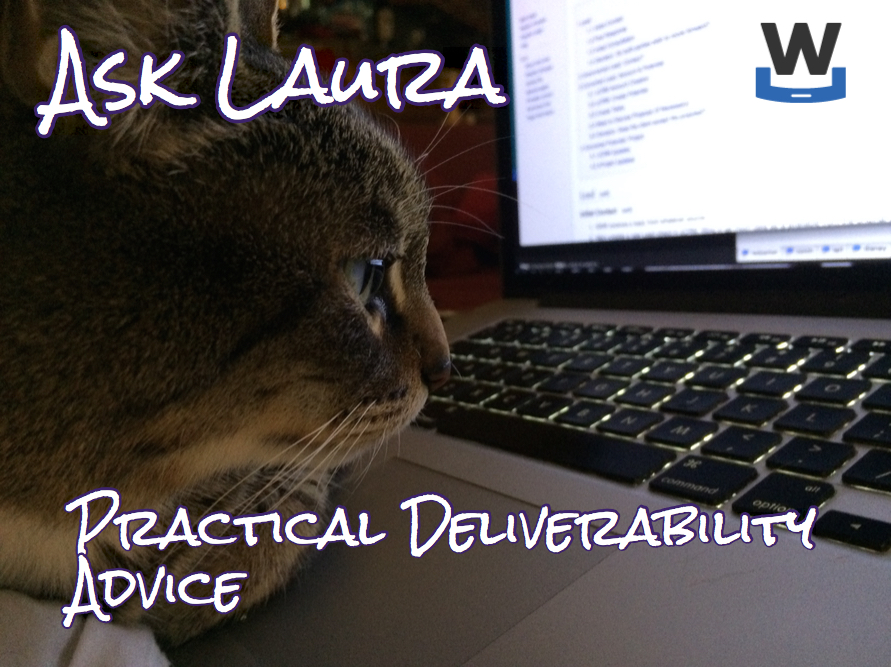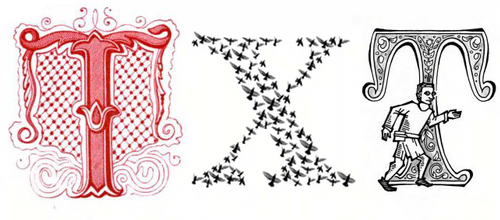Ask Laura: Do I have to publish DMARC?
Dear Laura,
I heard recently that both Gmail and Yahoo will require DMARC authentication in early 2016 or images will be automatically blocked.
Is that correct? And if so, do you know when they will be requiring DMARC?
A DMARC-Overwhelmed Admin
Dear Overwhelmed,
There are three things going on here, all of which are related to DMARC but are very different in how it affects mail delivery.
1) What policies the freemail domains publish in DMARC records.
Currently AOL, and many of the Yahoo properties publish a p=reject. This affects small senders who may use @aol.com or @yahoo.com email addresses in their bulk mail. Gmail has announced they will change their DMARC record for @gmail.com to p=reject sometime in the next year or so. This will affect all the senders who are using @gmail.com as their From address in bulk email.
2) How domains apply the policies published in DMARC records.
In other words, what does the receiver do with an incoming mail that fails DMARC authentication AND there is an active p=reject policy. Many of the large freemail providers are not strictly following “p=reject” but they are respecting it for the most part. I have seen cases where the p=reject policy is ignored for certain IP addresses. Typically these addresses are known forwarders like ieee.org and the like. This is good for everyone as it means less email failures due to a p=reject policy, but still provides domain owners the ability to make policy statements.
3) How domains handle incoming email that does not align and/or does not have a DMARC policy.
One of the things I’ve seen recently is that some of the freemail providers are checking for a DMARC-style alignment even in the absence of any published DMARC record. I’m also seeing some indications that mail that does not align is more likely to go to the bulk folder.
Example: a client was recently doing some testing. Exact same content message sent with a from address that aligned and a from address at Gmail.
% Inbox Delivery
| Receiving Domain | From: Aligned | From: Unaligned |
|---|---|---|
| AOL | 100% | 5% |
| Gmail | 100% | 90% |
| Hotmail | 95% | 0% |
| Yahoo | 100% | 0% |
Same content, same source IP, same return path, same DKIM signature, the ONLY difference was the 5322.from address. 95% bulk at AOL, 100% bulk at Hotmail and Yahoo. Ironically, it was Gmail that had no problem with a gmail.com address being used for unaligned email.
Takeaways:
1) DMARC Alignment, even in the absence of a published DMARC record, is going to start being a factor in deliverability. This is going to cause problems for a lot of senders as many ESPs don’t have a good way to send aligned mail. This is going to cause problems at ESPs because they’re going to have to make infrastructure changes to support alignment.
2) Gmail will, sometime in the next year or so, be publishing a p=reject record. This means @gmail.com addresses will be poorly delivered from ESP and private infrastructure – much like AOL and Yahoo addresses are now. Some of this does seem to be already happening at freemail providers other than Google, based on my client’s test I shared above.
3) Gmail will, sometime in the future, start delivering unauthenticated email to the bulk folder. They’re being a bit vague about whether or not this means DMARC authenticated. I think in the short and medium term this just means either SPF or DKIM authenticated. I do expect that they’ll be looking at alignment, even if senders aren’t publishing a DMARC record and that will influence delivery. Unaligned mail may get a small negative and aligned mail may get a bigger positive during delivery scoring. For a long time, Gmail was doing “best guess SPF” – we didn’t publish a SPF record for a long time, and our mail always passed SPF at Gmail because we were sending from our MX. I expect they’re going to do something similar with DMARC – if either SPF or DKIM align and pass, then the mail will be considered to pass DMARC.
Bottom line: the days of sending unauthenticated email are over. The days of easily sending unaligned bulk email are rapidly coming to a close.
Confused about delivery in general? Trying to keep up on changing policies and terminology? Need some Email 101 basics? This is the place to ask. We can’t answer specific questions about your server configuration or look at your message structure for the column (please get in touch if you’d like our help with more technical or forensic investigations!), but we’d love to answer your questions about how email works, trends in the industry, or the joys and challenges of cohabiting with felines.
Your pal,
Laura


